
Hyundai i30 Turbo (2015-2016) review
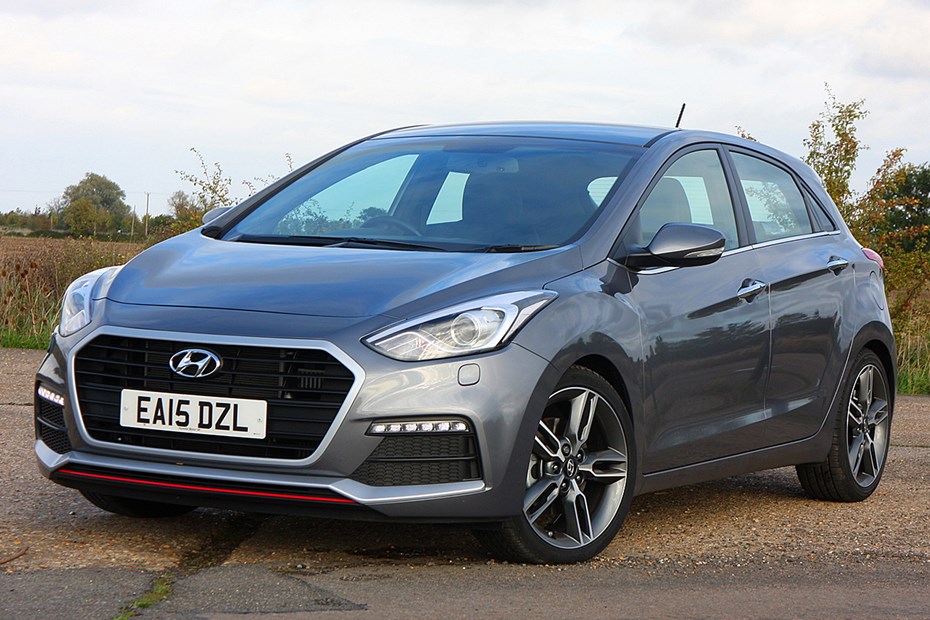
At a glance
| Price new | £22,305 - £22,805 |
|---|---|
| Used prices | £5,008 - £10,719 |
| Road tax cost | £315 |
| Insurance group | 21 |
Get an insurance quote with

|
|
| Fuel economy | Not tested to latest standards |
| Range | 443 miles |
| Number of doors | 3 - 5 |
| View full specs for a specific version | |
Available fuel types
Petrol
Pros & cons
- Long warranty
- Works as family wheels
- All round performance
- Lots of kit
- Rivals faster
- Rivals cheaper
Hyundai i30 Turbo (15-16) rivals
Overview
As is the norm these days every manufacturer builds a high-performance version of its medium hatchback in the hope of a halo effect with such examples as the Peugeot 308 GTi, Ford Focus ST and Volkswagen Golf GTi. So can Hyundai achieve the same with i30 Turbo?
So does the addition of a turbo deliver a race car ,like the Honda Civic Type R, or a more rounded performance version such as the Kia Ceed GT. Read the full Hyundai i30 Turbo review to find out if it is better than its rivals.
Hyundai i30 Turbo suits families more than racing drivers
For the die-hard petrol head fan the Hyundai i30 Turbo may disappoint. The driving experience lacks the visceral experience that the focused high-performance hatches have such as the Renaultsport Megane or the newer Honda Civic Type R whose performance is very hard edged.
The good news is that the suspension isn’t rock hard or the power delivery savage leaving drivers to wrestle with a wayward steering wheel and bouncing around the interior. It’s a softer, more rounded performance that’s better suited to family life on the road and buyers can also choose a more practical five-door version or opt for a sportier looking three-door.
Powerful engine is easy to use
While the 1.6-litre turbo engine is not the most powerful compared to its rivals it is very user friendly. Power builds progressively and the car delivers it in a smooth linear way. The driver always feels in control and there are no flat spots or massive peaks in power delivery.
To put things in context the Hyundai i30 Turbo hatchback delivers 183bhp while rivals such as the Ford Focus ST uses a 2-litre turbo engine to produce 246bhp, even less hard-edge performance hatchbacks pack a greater power punch such as the Peugeot 308 GTi, which delivers 248bhp from its 1.6-litre engine.
Practicality and neat touches on view
The boot is a decent size and the shape means most common items will fit in such as a large family suitcase or child’s push chair. There is a couple of lift-up covers at the side of the boot floor to stow smaller items out of sight, handy for small valuables such as tablets or handbags.
Inside the cabin Hyundai has attempted to differentiate the i30 Turbo from its siblings with the addition of contrasting red stitching on the seats, door arm rests, gear stick gaiter and steering wheel. There is a red rim to the engine stop/start button and red panel inserts on the front and rear seats.
It helps lift the cabin from just looking well made to being a more interesting place to be. While build quality impresses in the cabin the cheap plastic in the boot and on the rear seat backs don’t.
Lots of standard kit with easy to use functions
As you would expect on a top of the range car there is a lot of kit that comes as standard including some surprise ones but also some equipment is missing that you would expect to find.
The central dash is logically laid out and easy to find your way around, plus the large buttons easy to read and use. So it is easy to find the heated front seats button (three settings), heated steering wheel and heated rear windscreen plus demister for the front screen. Strangely no DAB radio though, just FM and AM.
Read our full Hyundai i30 review to find out whether it is the right blend of family car and performance car.



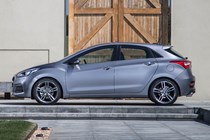
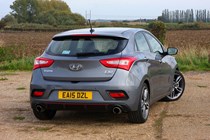

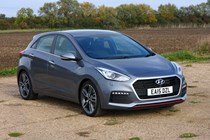
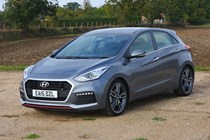
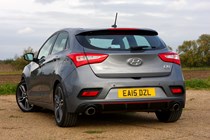


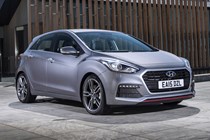

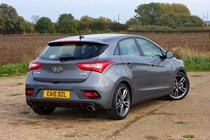
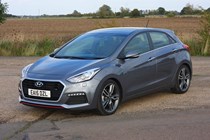
.jpg)
.jpg)
.jpg)
.jpg)
.jpg)
.jpg)
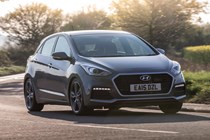

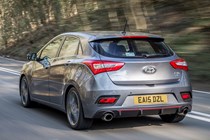
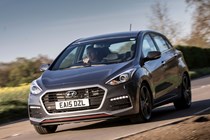
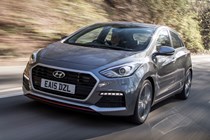
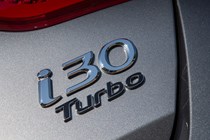
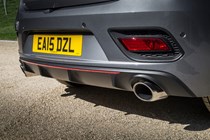
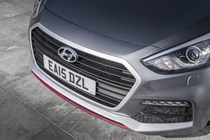
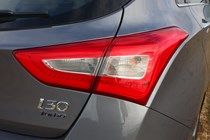
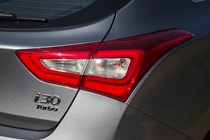
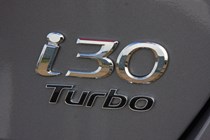
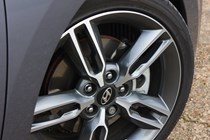
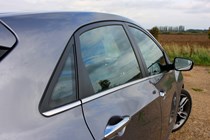
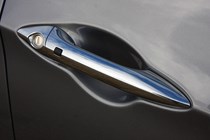
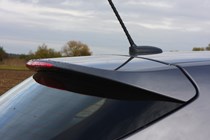
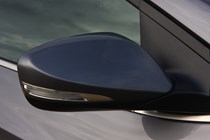
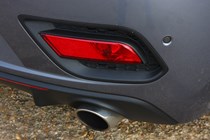
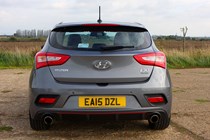
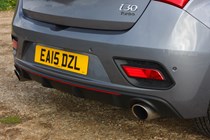
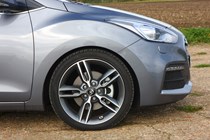
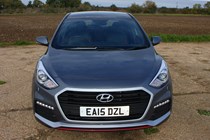
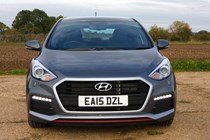
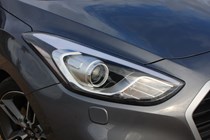

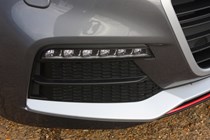

.jpg)
.jpg)
.jpg)
.jpg)
.jpg)
.jpg)
.jpg)
.jpg)

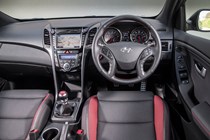
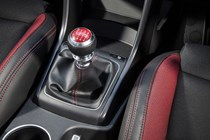
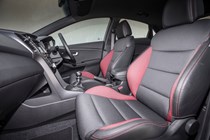
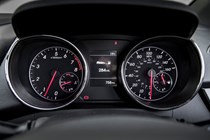
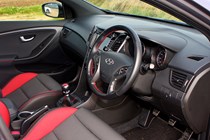
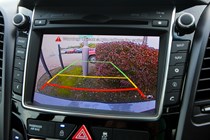

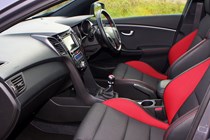


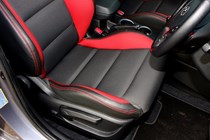

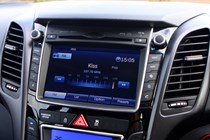
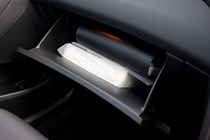
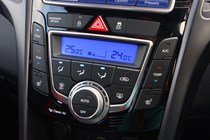



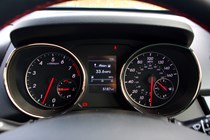
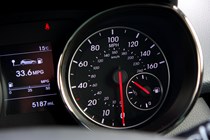
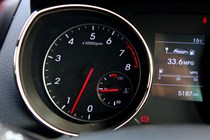
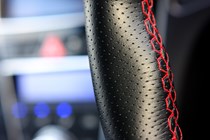
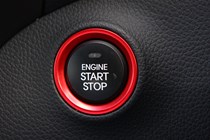
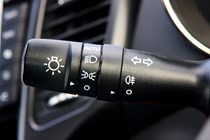
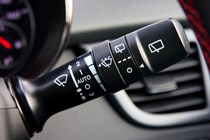


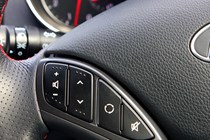
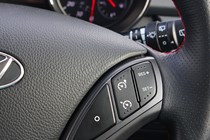
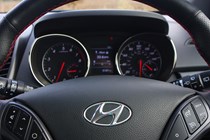
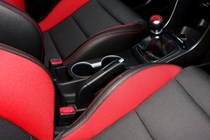
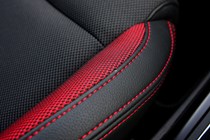
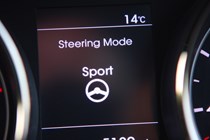
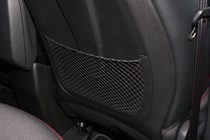
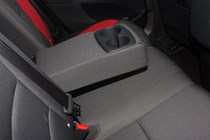
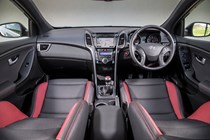
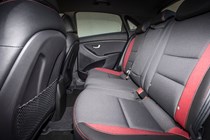
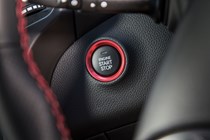
.jpg)
.jpg)
.jpg)
.jpg)
.jpg)
.jpg)
.jpg)
.jpg)
.jpg)
.jpg)
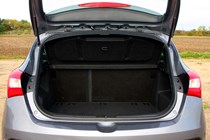

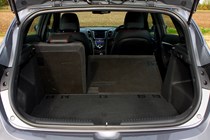
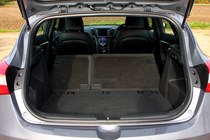
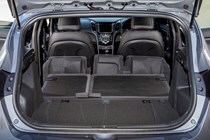
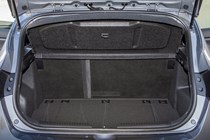
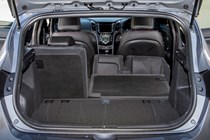
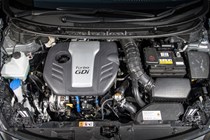
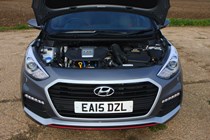
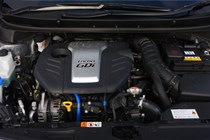
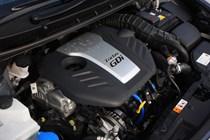
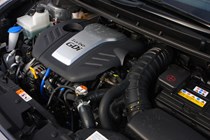
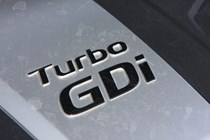
.jpg)
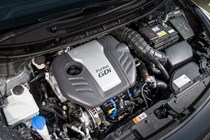
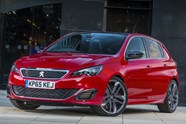
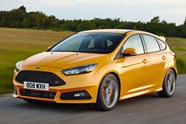














.jpg?quality=50)
.jpg?quality=50)
.jpg?quality=50)
.jpg?quality=50)
.jpg?quality=50)
.jpg?quality=50)


























.jpg?quality=50)
.jpg?quality=50)
.jpg?quality=50)
.jpg?quality=50)
.jpg?quality=50)
.jpg?quality=50)
.jpg?quality=50)
.jpg?quality=50)







































.jpg?quality=50)
.jpg?quality=50)
.jpg?quality=50)
.jpg?quality=50)
.jpg?quality=50)
.jpg?quality=50)
.jpg?quality=50)
.jpg?quality=50)
.jpg?quality=50)
.jpg?quality=50)













.jpg?quality=50)
